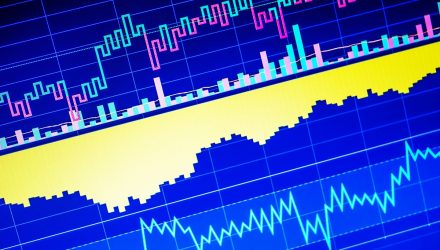Screening for these attributes of a successful active manager can help investors hone in on better investment opportunities. According to Morningstar data looking into U.S. domestic large-cap equity funds filtered for the quartile with the lowest net expense ratio and highest manager ownership, Kittsley found that 89% of these select active funds outperformed the S&P 500 over the past decade, compared to just 24% of the broad unfiltered U.S. large-cap category.
To produce their outperformance, successful fund managers are able to take advantage of market inefficiencies. For example, managers would take into account time arbitrage; intangibles like management, capital allocation, competitive moat; sector inefficiencies; accounting arbitrage; geographic inefficiencies such as understanding the foreign markets; and business bias versus profession.
What you are left with is an active fund strategy that can be differentiated from an index. For instance, the Davis Select Financial ETF (NasdaqGM: DFNL) may follow the same category as the S&P Financial Sector, but DFNL takes on more overweight exposure to mid-sized opportunities and reduces its tilt toward large Wall Street names. The Davis Select International ETF (NasdaqGM: DINT) provides similar exposure to the MSCI All Country World Index ex US, but DINT takes on a more focused approach to a number of select international opportunities with strong earnings-per-share growth potential and cheap valuations or low price-to-earnings.
Financial advisors who are interested in learning more about Davis Advisors’ investment strategies can watch the webcast here on demand.
